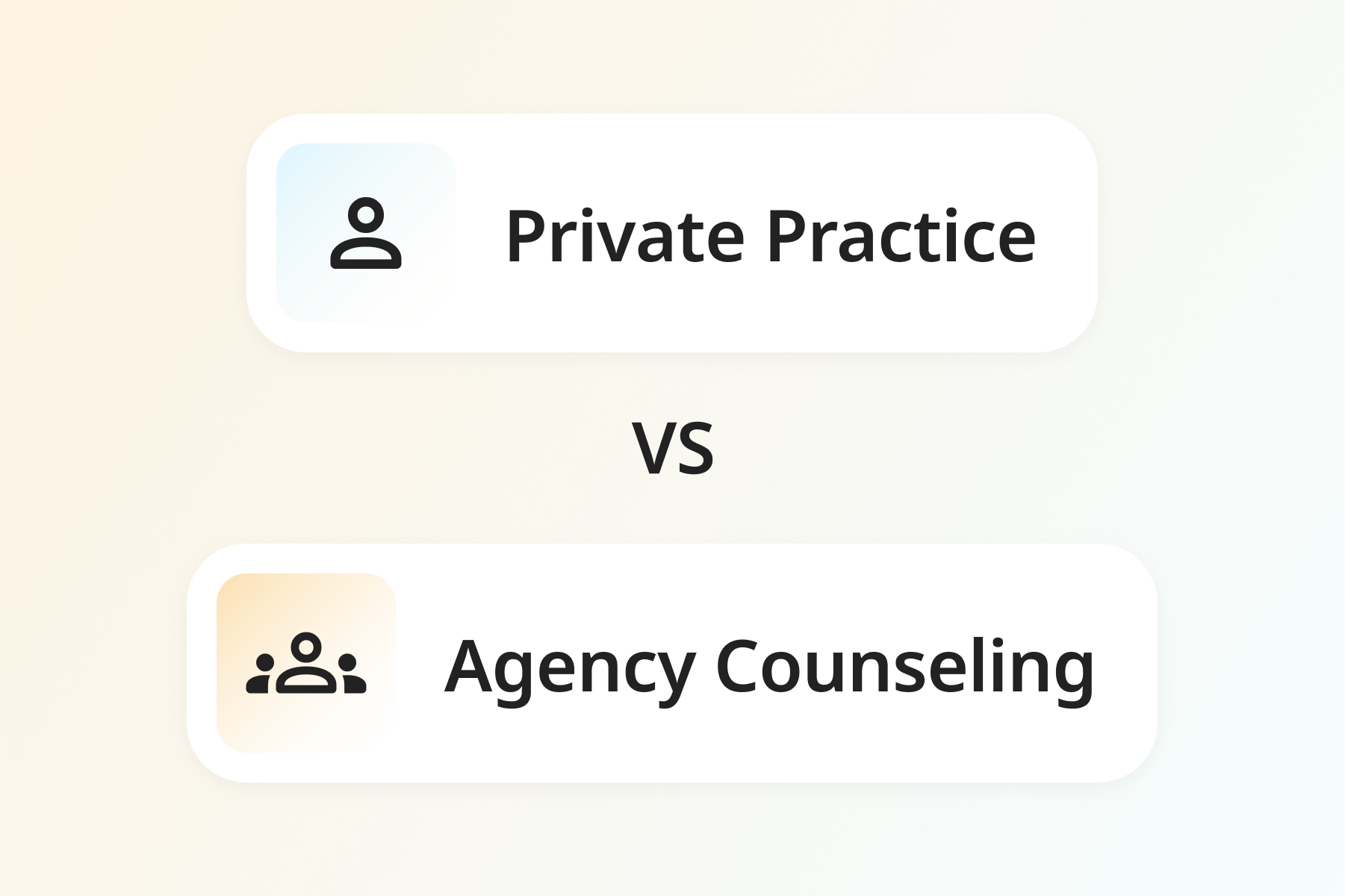Are Sliding Scale Rates a Slippery Slope?


I’m ancient. My first high school job as a Baskin Robbins soda jerk paid $0.50 per hour. My first tiny apartment rented for $50.00 per month, all bills paid. I attended a state university as an undergraduate, where my tuition was $2.00 per semester hour.
My default thinking was still in 1970’s dollars when I launched my private practice. Thus, when clients protested being uninsured and unable to pay my full fee for a session, I could easily empathize. My standard fees seemed absurd, so I offered sliding scale rates that were ridiculously low. The shocked look on their faces probably reflected thoughts like “Quick, find a pen, have him put that in writing before he comes to his senses!”
I don’t regret offering sliding scale rates to clients who couldn’t afford my full fee. There are a great many advantages to doing so, as listed below. Making therapy available to those in need is consistent with my simple moral philosophy: “At each decision point, just do the next right thing.”
But I do regret basing my rates upon outdated prices rather than asking a mentor how to go about setting those rates.
Should you offer sliding scale rates in your practice
Some advantages to offering a reasonable sliding scale rate to uninsured clients are:
- A reduced rate hour is better for your bottom line than an empty hour. The airlines know this well. When it becomes clear that a seat will be empty, they drop the price to a small fraction of their regular prices. The same logic applies to your psychotherapy schedule.
- Every seasoned therapist will tell you that the most consistent source of new referrals is word-of-mouth from former clients. You can think of the reduction in fees as a marketing cost: you are getting more former clients out there in the community to spread the word.
- You will see a greater diversity of clients. It is easy to get a skewed view of your community if all your clients can afford full fee rates. You can avoid acquiring a “let them eat cake” viewpoint by expanding your range of fees.
- If you are new to practice, and not yet accepted on any insurance panels, having sliding scale slots available may be your only means of attracting new clients.
- If you are already on insurance panels, and your minimum sliding scale rate is at or near the “negotiated rate” for one of those carriers, you aren’t losing any money.
Common mistakes therapists make when creating sliding-scale rates and how to fix them
Please don’t repeat the mistakes I made early in my practice. For example:
- Not doing the math: Before beginning to offer sliding scale rates that are less than your lowest insurance negotiated rate, decide upon the maximum number of slots you will make available. Do the math on this first to ensure that you will have a reasonable total income.
- Giving away prime appointment spots: Don’t give away your prime hours (like Saturdays or your earliest and latest appointment times) to sliding scale clients.
- Offering your lowest rate upfront: Don’t undervalue the worth of your services by spontaneously offering the lowest rate you would accept. There can be a bit of “horse trading” in the conversation. A good line to use is “My usual rate is X dollars per session. What could you afford that is close to that?”
- Being rigid about the schedule. If it is appropriate to the presenting problems, you can offer every-other-week appointments or half hour appointments to fit into your client’s monthly budget
- Don’t offer to “forgive” copayments for your insured clients as a means of reducing their out-of-pocket expenses. This is forbidden in most insurance contracts, and may be considered insurance fraud.
- Not offering "standby" appointments: It is OK to offer “standby” appointments, e.g. calling a sliding scale client when you get a sudden cancellation, thereby filling an hour that would otherwise be empty. Just make sure that your client is receiving treatment frequency appropriate to their clinical needs.
- Forgetting that services can be traded: The ethical principles of some professions (e.g. psychologists) permit barter as an acceptable form of payment. It is OK to accept a sack of potatoes or help with your website as payment for a session. Just make sure that you know the fair value of the goods or service: it is not OK to accept a barter that is an unfair trade. In the case of services, ensure that you keep boundaries in place to avoid the establishment of an inappropriate “dual relationship.”
A final note: don’t expect sliding scale client appointments to be easy. Trouble is a “herd animal”: people with financial problems often have more serious problems in the rest of their lives, as well.
But do expect to feel good for doing “the next right thing” in your professional career.

.jpg)

